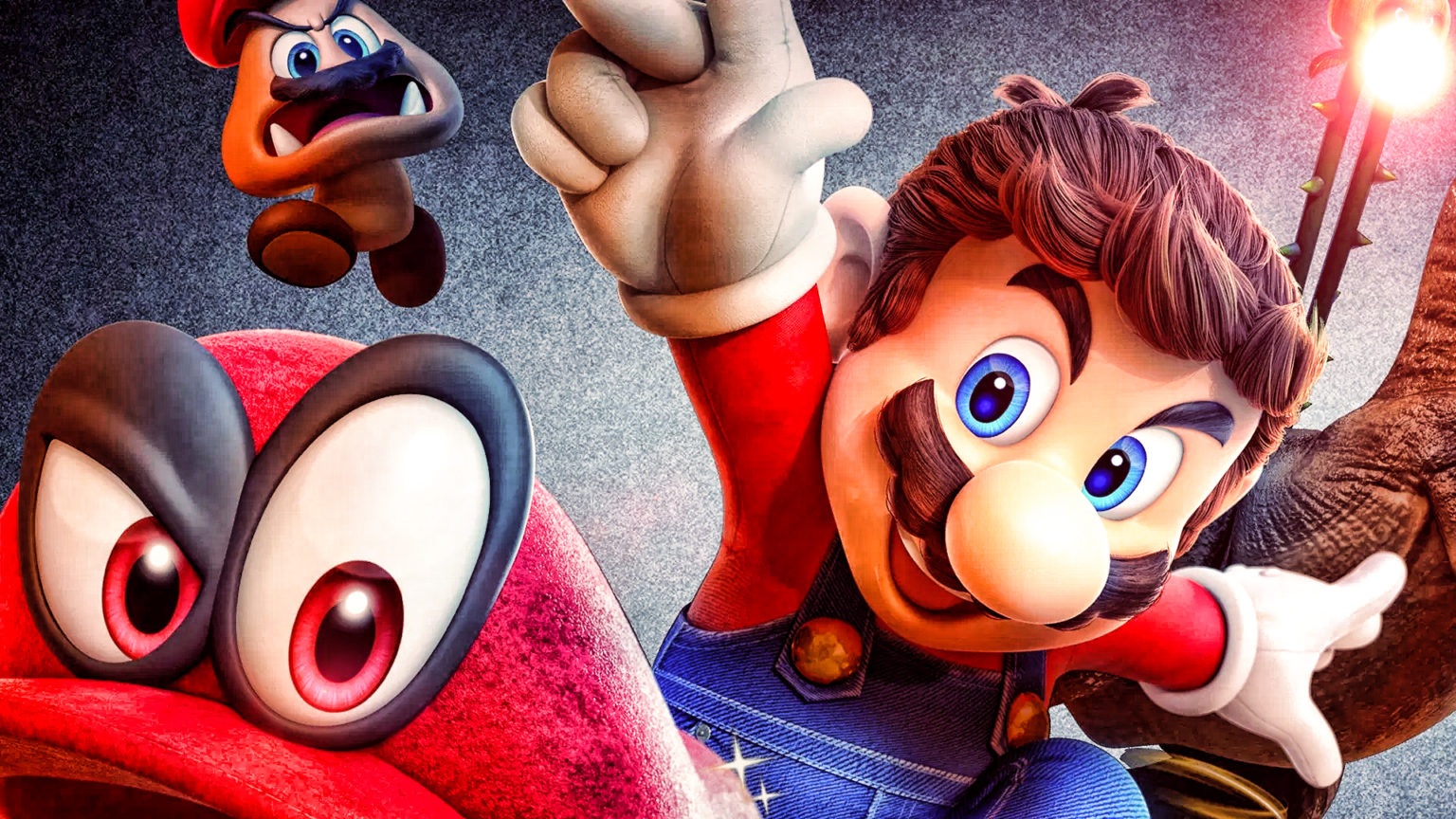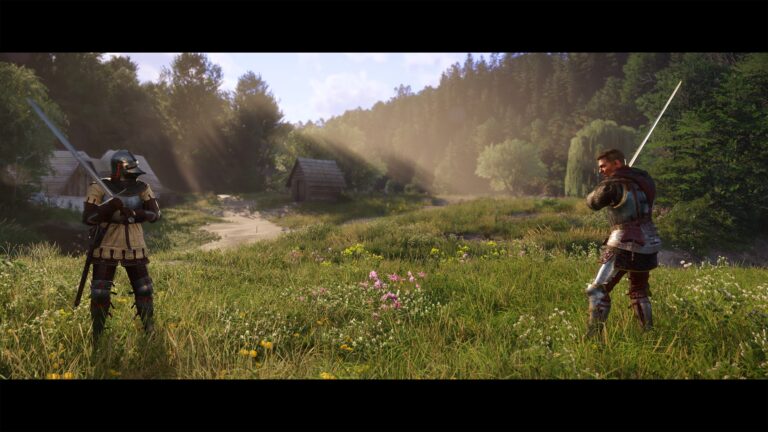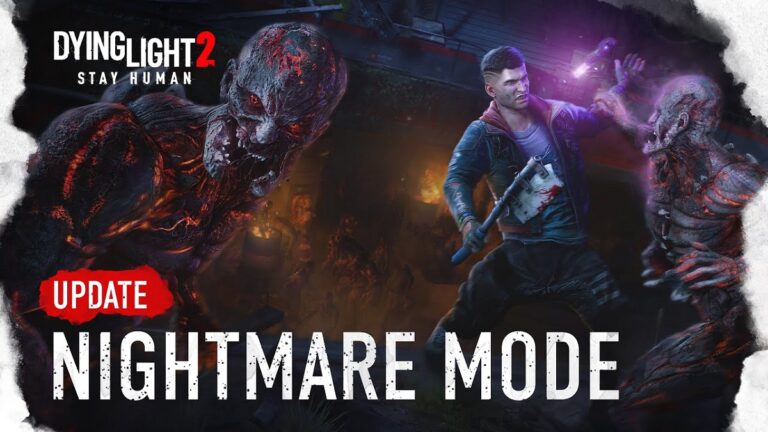With lifetime sales exceeding 52 million units after three years on the market, the Nintendo Switch is an undeniable success. After the Wii U debacle, it’s what Nintendo needed to remain relevant. First-party titles, along with the large selection of indie and uncensored Japanese games, make the Switch an excellent secondary gaming platform.
https://www.youtube.com/watch?v=wHpgj40FmLU
Nintendo Switch Missing Out
While it seems like the Switch is littered with games, it misses out on most multiplatform big hitters. The community isn’t seeing Call of Duty, Battlefield, Assassin’s Creed, the Rockstar games, and so on come to Nintendo’s hybrid system. The nature of its mobile hardware means most major games either can’t run on Switch or require such significant retooling that developers won’t allocate resources toward such ports.
When game of the year discussions arise, more than half of the titles usually aren’t playable on Switch. The situation has improved over time, with more “impossible” ports, but at the end of the day, Nintendo’s mobile platform doesn’t cut it.
In an age whereby the base Xbox One has handed in inadequate multiplatform games for over two years, it’s clear to see why these games don’t make it to Switch. The current library is strong, with enough lesser known and less demanding games filling in those gaps, but with PlayStation 5 and Xbox Series X around the corner, count on that number to dwindle.
It seems every other week some publisher announces a port of an older game. The Turing Test and The Town of Light released this month with Oddworld: Stranger’s Wrath coming to Switch late last month. The illusion created by these announcements fails to highlight the Switch’s major pitfall—compromised experiences. Most indie games, with exceptions like Bloodstained: Ritual of the Night, fare well enough.
The triple-A space is another story. Much has been made of the technical wizardry required to make games like Doom and The Witcher 3 run on Switch. These ports are great for giving Switch owners options while also proving why it doesn’t have much juice left in it.
Major Compromised Switch Port
The Doom reboot exemplifies why Nintendo should worry about PS5 and Series X. Doom targeted 60 frames per second on Xbox One and PlayStation 4. Both utilized dynamic resolution scaling with a 1080p ceiling. PS4 hit its upper bounds most of the time with Xbox One typically running under that full 1920×1080 figure.
Visual settings match up to the PC’s medium preset, with particles bumped to high on consoles. They’re decent versions that retain most of the game’s core artwork. The same can’t be said for the Switch conversion—A serviceable shooter divorced from comparisons to other iterations, but Doom on Switch doesn’t live in a bubble.
The 30 FPS target stings, only made worse when paired with the visual downgrades. To begin with, Switch uses dynamic resolution scaling like the other consoles, though, with a lowered 720p ceiling. According to Digital Foundry, however, it rarely reaches 720p even with a post-launch patch.
The situation grows more dire when examining its core visual makeup. It’s so pared back that even the PC’s lowest preset exceeds the Switch version. Not only are all major settings pruned back. Some, like screen-space reflections, which were used on the other consoles, are absent on Switch.
Taken together:
- Sub-HD Dynamic resolution scaling
- Half the framerate of the other consoles
- Graphics settings below the PC’s lowest preset compared to the other consoles’ mostly medium settings
- Some settings, like screen-space reflections, are cut altogether
On their own, none of the individual compromises ruin the experience. After all, this IS a $300 system running on an underclocked 2015 mobile chipset. Expectations must be rooted. Taken together, though, Doom is the poster child for why Nintendo should worry about next-gen systems.
More Compromised Ports
Doom isn’t the only port with such a stripped back identity. Wolfenstein 2 and Wolfenstein: Young Blood are just as neutered. A slightly higher average resolution was the only engine improvement made in the time between the Doom and Wolfenstein conversions, but 720p remains an uncommon figure.
Downgrades come with the territory of porting to a weaker platform, but they don’t always have to be so drastic. Dragon Quest 11 features many cutbacks to texture quality, foliage density, and geometric detail. Such sacrifices sound significant on paper, but in practice, it retains enough of Dragon Quest 11’s visual identity. It would be a fantastic port if image quality didn’t resemble a compressed 480p YouTube video smeared in Vaseline.
To some, the downgrade is worth the orchestral soundtrack and additional game content—All significant additions that shouldn’t be taken lightly. A definitive port, though, it is not.
Older Games Suffer Too
Demanding current gen games stress the Switch too much to make it a fulfilling primary platform, but this generation saw the rise of remasters. The Switch is more capable than Xbox 360 and PlayStation 3, therefore older games should present no issues.
This doesn’t always bear fruit, however. As an example, Oddworld: Stranger’s Wrath is a remaster of an original Xbox game. The 2012 PS3 version improved assets across the board along with an increased frame rate target, but it’s still a sixth-generation game at its core.
A PS3 port of a remastered Xbox game should have been where the Switch flexed its muscles, but it falls short even here. The Switch version boasts an improved native 1080p resolution along with quality of life additions like extra UI and control options. It runs similarly to the PS3 version, though, with the benefit of selecting between three anti-aliasing settings—FXAA, MSAA, or no AA. The PS3 was stuck with MLAA. The protagonist’s shadow even casts on foliage, a detail missing on PS3, Xbox, and PS Vita.
Unfortunately, the Switch version uses a lower draw distance for foliage. It also uses lower quality anisotropic filtering than PS3, meaning textures at oblique angles and great distances appear blurrier despite identical artwork across both platforms.
Switch’s Silver Lining
Handhelds are comforting because of their portability. Their convenience fits so many different lifestyles. In this sense, the Switch succeeds in ways previous handhelds couldn’t by delivering on the long-sought “console games on the go” promise Sony aimed for with the PSP and PS Vita. Games like Luigi’s Mansion 3, Astral Chain, Fire Emblem: Three Houses, and Super Mario Odyssey would have been unthinkable during the Vita’s prime.
Similarly, low-spec games like Kunai, Omega Labyrinth Life, Cuphead, and countless visual novels make the transition from other platforms without compromises.
Most indie games will remain low spec enough for Switch through the foreseeable future, but it can’t ride that wave another three years. Exclusives make a strong case, but Nintendo doesn’t release exclusives as often as Sony. With the spaces left throughout the year because so many games aren’t ported to Switch over hardware concerns, PS5 and Series X spell trouble for its last few years.
Nintendo needs to acquire more partnerships with companies like Platinum Games or hire more staff for existing first-party studios to deliver enough games to prevent the Switch from running dry come the next two years.
No related posts.







it also doesnt help that they love using under-powered hardware. if only sony didnt fucked up too much with vita, we probably see competition in handheld category.